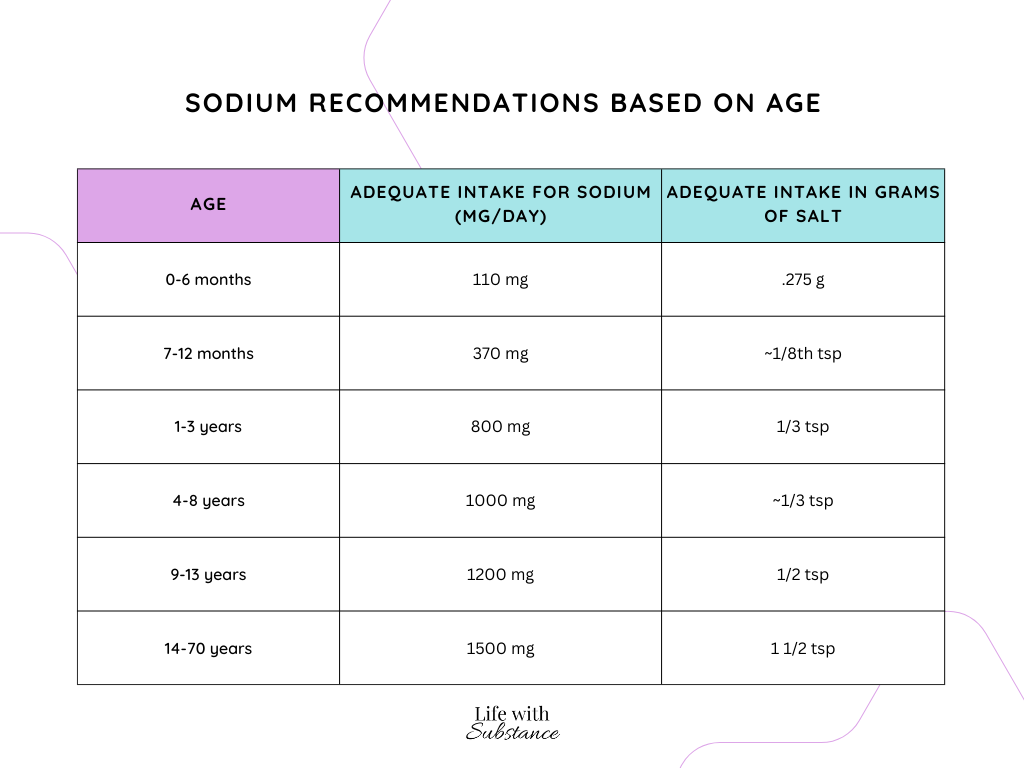This post may contain affiliate links. If you shop from one of our links, we may earn a commission.
When I think of Summer months I think of frequent trips to the pool, playground playdates, and grilling out with friends. A staple protein at many backyard barbecues includes hot dogs. When it comes to traditional hot dogs, there’s a lot of mixed messaging out there about whether they’re a healthy choice for your kid or a food to avoid.
If you’ve been following along on my blog you know that I’m a registered dietitian who feels that all foods can fit into a diet. However, when I get asked questions such as, are hot dogs “healthy”, there are a few things to take into consideration when deciding if, when, and how often to serve this kid-friendly food.

Why Hot Dogs Are Off the Table for Toddlers
One commonly overlooked hazard of the traditional hot dog is that it actually poses a significant risk to young children. Their size, shape, and texture make them a perfect storm for choking hazards in the under-4 crowd. It’s a little-known fact that can catch many off guard, but understanding the risks can help prevent a scary situation.
Safety comes first, especially with our little ones. The American Academy of Pediatrics has highlighted hot dogs as a food item to be particularly cautious about for children younger than four years old. The cylindrical shape and slick surface can easily obstruct a young child’s airway, making it difficult for them to chew and swallow safely. This concern isn’t just limited to whole hot dogs. Even when sliced, the pieces can still pose a threat if not cut correctly. To mitigate these risks, it’s essential to cut food into small, manageable pieces. This ensures they’re not round or too hard for little ones to handle.

Unpacking Processed Meats: What You Need to Know
At the heart of the traditional ballpark dogs debate is its classification as processed meat. This category isn’t exclusive to our beloved frankfurters; it also encompasses favorites like bacon, sausage, and deli meats. The distinction these foods share, as processed meats, draws significant attention from health organizations worldwide. The World Health Organization has taken a firm stance, labeling processed meats as Group 1 carcinogens.
The American Institute for Cancer Research (AICR) echoes this sentiment, advising consuming as little processed meats as possible to fend off the risk of colorectal cancer. AICR also recommends that red meats be limited to 12-18 oz per week for cancer prevention.
The Sodium Content in Hot Dogs
Sodium often flies under the radar in our diets, quietly contributing to potential health concerns that many of us would rather avoid. It’s astonishing how a single hot dog can pack a hefty sodium punch. Often delivering more than 500 milligrams of sodium, which edges us uncomfortably close to the dietary guidelines of 1000 mg for 4-8-year-olds and 1200 mg of sodium for 9-13-year-olds.
According to the American Heart Association, children ages 2-19 years of age consume an average of 3,100 mg of sodium per day. One of the top ten foods that contributes to their excessive sodium intake is hot dogs. Over time, a diet consistently high in sodium can become a silent culprit behind high blood pressure. This is a leading risk factor for cardiovascular disease and kidney disease.
If you choose to offer your child a hot dog, try to pair it with low sodium sides, such as fruits and vegetables, to help balance it out.

Navigating Nitrites and Nitrates
In the world of hot dogs, the conversation often turns to the presence of nitrites and nitrates, substances that have raised eyebrows among health enthusiasts. These compounds are added to preserve the color of processed meats, but they come with their own set of concerns. The debate surrounding nitrites and nitrates is multifaceted with research indicating a potential link to an increased risk of certain cancers. Yet it’s also noted that the amounts typically found in hot dogs may be considered too low for significant harm.
The crux of the matter lies in understanding how these additives interact with our body and their long-term impacts. While nitrites and nitrates can naturally occur in vegetables and are consumed without issue, their synthetic counterparts in processed meats like hot dogs undergo chemical changes during cooking and digestion that may lead to the formation of harmful compounds.
Nitrates are integral to the curing process, making them unavoidable in conventional meat-based hot dogs. A label reading “uncured” does not signify the absence of nitrates. It indicates that natural sources such as beet or celery juice have replaced sodium nitrite. However, these natural nitrates can still produce nitrosamines, meaning neither option offers a significant advantage over the other.
When cooking red meat or processed meats at high temperatures it can create compounds such as heterocyclic amines or polycyclic aromatic hydrocarbons, which can increase the risk of cancer.
For those mindful of their intake, the key is not necessarily to avoid these foods altogether or limit them to a specific number but to consume them within the context of a balanced diet. Diversifying your food choices and limiting processed meat consumption can help minimize potential health risks.

Choosing Healthier Hot Dog Brands
If you’re on the quest for healthier hot dogs, EatingWell put together a list of the best options on the market. If you want to find out more detailed information about why they love each of these items, check out their post here.
Here are their product recommendations for healthier alternatives:
- Best overall Hot Dog: Sabrett Skinless Frankfurters
- Vegetarian Hot Dog: Lightlife Smart Dogs
- Best Beef Hot Dog: Hebrew National All Natural Uncured Beef Franks
- Best Poultry Hot Dog: Ball Park White Meat Smoked Turkey Franks and Jennie-O Turkey Franks
- Combination Hot Dog: Applegate Naturals Stadium Beef and Pork Hot Dog
When looking at the nutrition facts for hot dogs in the grocery store, aim for ≤150 calories, ≤5 g saturated fat, and ≤430 mg sodium per hot dog. But don’t stress if you don’t meet all of those guidelines. You can still offer your child a traditional hot dog without a side of guilt.
Discussing Hot Dogs with Your Kids: A Food Freedom Approach
Feeding kids can feel confusing in a world of eat this, not that. While many foods offer pros and cons, it’s important to look at the diet as a whole. Keep in mind, while the above items sound scary, anything eaten in excess can be harmful over time. Offering an occasional hot dog should not be met with guilt or worry. It’s about engaging in open, positive conversations around food, including hot dogs, without casting certain items as off-limits or inherently bad.
Social media already does an excellent job of using fear-mongering to steer individuals away from choosing foods they feel are “bad” or “unhealthy”. I would never advise parents to tell their children not to eat a hot dog because it may give them cancer or heart disease. We are often faced with situations where we do not get to choose what is being served and a hot dog is the only option. Also, some days a classic hot dog just sounds good to you and your family. And allowing yourself or your child to enjoy a hot dog because it tastes good is completely fine.
Decreasing Dependence on Safe Foods
Because processed meats and red meats are typically eaten in abundance, I would suggest trying to limit how often you purchase them at home. Rather than hot dog consumption being a weekly menu item, consider purchasing them monthly or quarterly. This helps your child see that hot dogs can still be enjoyed and are not a forbidden item. If your child is used to having a hot dog several times per week, start by slowly cutting back on how frequently they are offered.
I get it, this can be hard if you’re leaning on hot dogs as a safe food right now. Maybe you feel like it’s the only protein option your child will eat. Eventually, we want to help your child expand their list of safe foods and not be so dependent on only a couple of items on a regular basis. This may look like offering hot dogs to them 5 days a week instead of 7 as a start. You can also consider swapping it out with some of the above hot dog options. It’s about making small changes over time. There are seasons of life when you do need to rely more heavily on safe or convenience foods, and that’s okay too.
By focusing on the bigger picture of their overall diet rather than singling out specific foods for exclusion, you support your child in developing a nuanced understanding of nutrition. This approach provides a positive relationship with food, which should be the ultimate goal.

